Fibonacci Sequence
The Fibonacci sequence is a series of numbers in which each number is the sum of the two preceding ones, usually starting with 0 and 1. The sequence goes: 0, 1, 1, 2, 3, 5, 8, 13, 21, and so on. The sequence was first described in the year 1202 by Italian mathematician Fibonacci in his book Liber Abaci.
Formula
The formula to find the nth term of the Fibonacci sequence is:
Fn = Fn-1 + Fn-2
Where Fn is the nth term, Fn-1 is the (n-1)th term, and Fn-2 is the (n-2)th term.
Properties of the Fibonacci Sequence
- The sequence starts with 0 and 1.
- Each subsequent number in the sequence is the sum of the previous two.
- The ratio of two consecutive Fibonacci numbers approaches the golden ratio, approximately 1.618, as the sequence progresses.
- The Fibonacci sequence has connections to various natural phenomena, such as the arrangement of leaves on a stem, the breeding patterns of rabbits, and the shape of galaxies.
Study Guide
To understand the Fibonacci sequence, follow these steps:
- Memorize the first few terms of the sequence: 0, 1, 1, 2, 3, 5, 8, 13, 21, 34, ...
- Understand the formula Fn = Fn-1 + Fn-2 and how it generates the sequence.
- Practice finding the nth term of the sequence using the formula.
- Explore the connection between the Fibonacci sequence and the golden ratio.
- Research real-world examples of the Fibonacci sequence in nature and art.
By following this study guide, you will gain a solid understanding of the Fibonacci sequence and its applications.
.◂Math Worksheets and Study Guides Fourth Grade. Shapes
Study Guide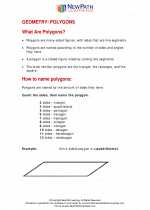 Shapes
Shapes  Worksheet/Answer key
Worksheet/Answer key Shapes
Shapes  Worksheet/Answer key
Worksheet/Answer key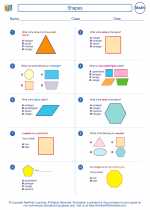 Shapes
Shapes  Worksheet/Answer key
Worksheet/Answer key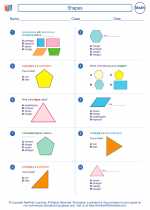 Shapes
Shapes  Worksheet/Answer key
Worksheet/Answer key Shapes
Shapes  Worksheet/Answer key
Worksheet/Answer key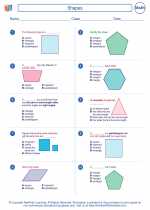 Shapes
Shapes  Worksheet/Answer key
Worksheet/Answer key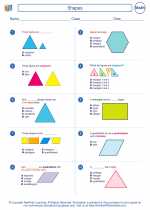 Shapes
Shapes  Worksheet/Answer key
Worksheet/Answer key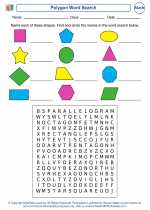 Polygon Word Search
Polygon Word Search  Worksheet/Answer key
Worksheet/Answer key Interior Angles of Quadrilaterals
Interior Angles of Quadrilaterals  Worksheet/Answer key
Worksheet/Answer key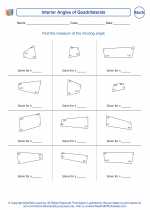 Interior Angles of Quadrilaterals
Interior Angles of Quadrilaterals  Worksheet/Answer key
Worksheet/Answer key Interior Angles of Quadrilaterals
Interior Angles of Quadrilaterals  Worksheet/Answer key
Worksheet/Answer key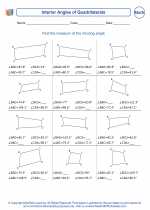 Interior Angles of Quadrilaterals
Interior Angles of Quadrilaterals  Vocabulary/Answer key
Vocabulary/Answer key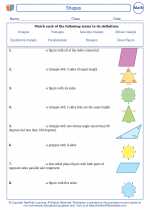 Shapes
Shapes  Vocabulary/Answer key
Vocabulary/Answer key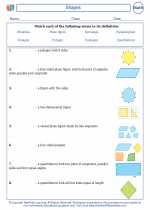 Shapes
Shapes  Vocabulary/Answer key
Vocabulary/Answer key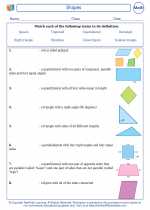 Shapes
Shapes 

 Worksheet/Answer key
Worksheet/Answer key
 Worksheet/Answer key
Worksheet/Answer key
 Worksheet/Answer key
Worksheet/Answer key
 Worksheet/Answer key
Worksheet/Answer key
 Worksheet/Answer key
Worksheet/Answer key
 Worksheet/Answer key
Worksheet/Answer key
 Worksheet/Answer key
Worksheet/Answer key
 Worksheet/Answer key
Worksheet/Answer key
 Worksheet/Answer key
Worksheet/Answer key
 Worksheet/Answer key
Worksheet/Answer key
 Worksheet/Answer key
Worksheet/Answer key
 Vocabulary/Answer key
Vocabulary/Answer key
 Vocabulary/Answer key
Vocabulary/Answer key
 Vocabulary/Answer key
Vocabulary/Answer key

The resources above cover the following skills:
Geometry (NCTM)
Analyze characteristics and properties of two- and three-dimensional geometric shapes and develop mathematical arguments about geometric relationships.
Identify, compare, and analyze attributes of two- and three-dimensional shapes and develop vocabulary to describe the attributes.
Classify two- and three-dimensional shapes according to their properties and develop definitions of classes of shapes such as triangles and pyramids.
Use visualization, spatial reasoning, and geometric modeling to solve problems.
Recognize geometric ideas and relationships and apply them to other disciplines and to problems that arise in the classroom or in everyday life.